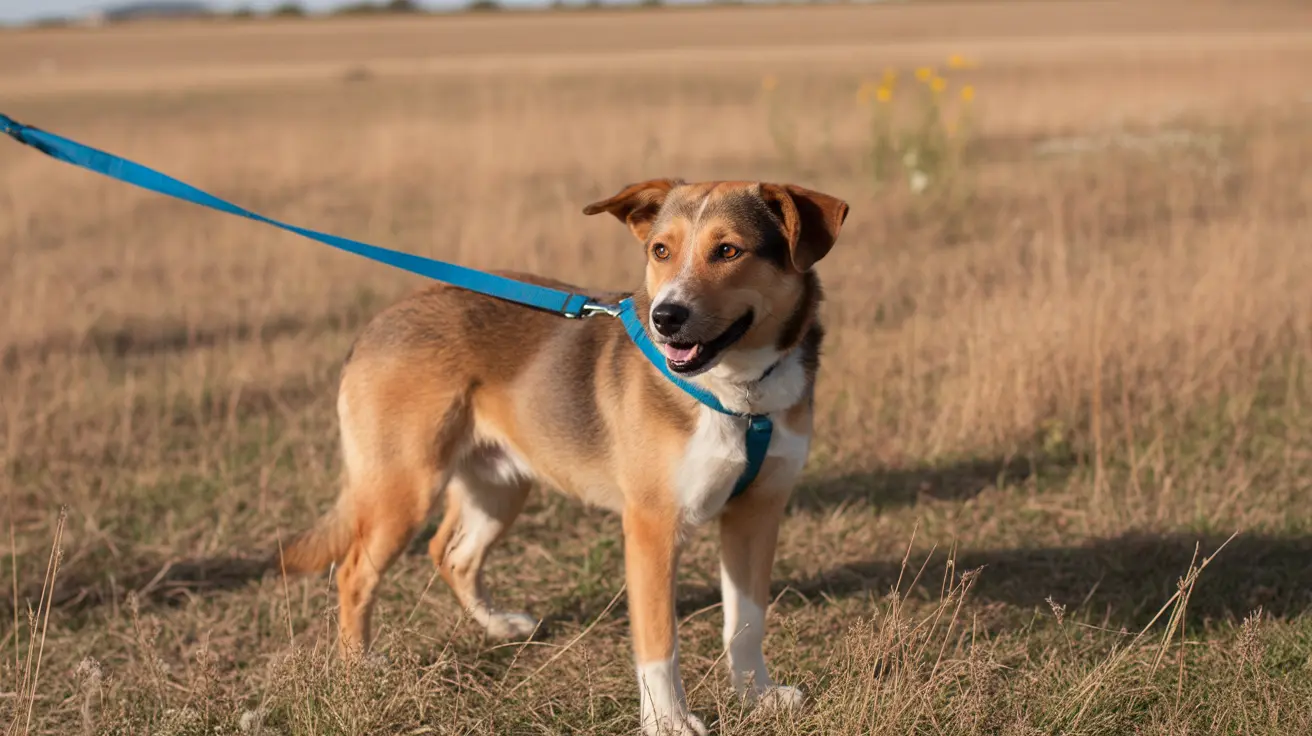How to Check Your Dog for Ticks: A Practical Guide
Ticks are small, blood-sucking parasites that can latch onto your dog after outdoor adventures—especially in grassy or wooded areas. While they’re tiny at first (sometimes just 1mm!), they can grow to over 1cm as they feed. Because ticks can transmit serious diseases to both dogs and humans, it’s crucial to check your pet regularly and remove any you find right away.
Why Checking for Ticks Matters
Ticks don’t fly or jump; instead, they wait patiently on tall grass or shrubs until a host—like your dog—brushes by. Once attached, they feed on blood and may transmit illnesses such as Lyme disease, ehrlichiosis, anaplasmosis, babesiosis, or even cause tick paralysis (especially in regions like Australia).
The risk of tick bites is highest during spring and summer or after temperatures rise above freezing for more than a day. However, ticks can be found year-round in many places.
Where Ticks Like to Hide
Ticks prefer warm, hidden spots on your dog’s body. When checking your dog after time outdoors (or daily if you live in a tick-prone area), pay special attention to:
- The head and neck
- Inside and outside the ears
- Between the toes
- Under the tail
- Around eyelids
- The groin area
- Under the collar
- The armpits
- The feet
How to Perform a Thorough Tick Check
- Run your hands slowly over your dog's entire body. Feel for any small bumps or unusual lumps—ticks often feel like small peas stuck to the skin.
- Use your eyes as well as your fingers. This is especially important if your dog has a thick or dark coat. Part the fur carefully to spot anything unusual.
- Focus on hidden areas. Check between each toe, under collars or harnesses, inside ears (and behind them), under the tail, and around the face.
- If you find something suspicious—a bump that stands out from the skin—look closely. Ticks are usually dark brown or gray with visible legs that may move if touched. They become larger and paler as they feed.
A tick is different from a scab or skin tag: scabs are flat against the skin; skin tags are flesh-colored and don’t have legs or movement; ticks protrude from the skin and have visible legs.
If You Find a Tick: What Next?
- Remove it promptly using fine-point tweezers or a tick removal tool.
- Grasp the tick as close to your dog's skin as possible.
- Pull straight out with steady pressure—don’t twist or squeeze!
- Clean the bite area with soap and water or disinfectant spray.
- Avoid using petroleum jelly, alcohol, or heat—they don’t work and may increase disease risk.
- If you can't remove all of the tick (for example, if mouthparts remain), consult your vet for help.
Monitor your dog closely over the next few days. Watch for signs of illness such as fever, lethargy, loss of appetite, joint pain, vomiting, diarrhea, swollen lymph nodes, behavior changes—or neurological symptoms like seizures. If any of these appear after a tick bite (or removal), seek veterinary care immediately.
Differentiating Ticks from Other Skin Lumps
- Ticks: Round/oval shape; darker color; visible legs; swell when feeding; protrude from skin; may move slightly if touched.
- Scabs: Flat against skin; result from healed injuries; no movement; usually same color as surrounding skin.
- Skin tags: Flesh-colored; soft; no legs or movement; same color as dog’s skin.
If you’re unsure whether a lump is a tick or something else—and especially if it doesn’t have legs—ask your veterinarian before trying to remove it yourself. Never attempt to remove a skin tag at home!
The Importance of Prevention
The best way to protect your dog is through prevention:
- Use veterinarian-recommended tick preventatives year-round: Options include oral medications, spot-on treatments, and collars tailored to your pet’s needs.
- Mow grass and trim shrubs in your yard regularly;
- Avoid heavily infested areas during peak seasons when possible;
- Bathe/groom dogs regularly—shorter fur makes checks easier;
If you live in an area known for dangerous species (like Australia’s paralysis tick), be extra vigilant during high-risk months (spring/early summer) but remember that ticks can be active all year long whenever conditions are right.
Caring For Your Dog After Tick Removal
If you’ve removed a tick successfully:
- Sterilize tools used with boiling water/alcohol;
- Soothe irritation at bite site with gentle cleaning;
Your Role in Keeping Dogs Safe From Ticks
Your hands-on approach keeps pets healthy! Daily checks after walks (especially through tall grass/woodland) make all the difference. Combine regular inspections with effective preventatives for year-round peace of mind. If you ever feel unsure about what you’ve found—or how best to protect your pet—reach out to your vet for guidance tailored specifically to where you live and how active your dog is outdoors.





